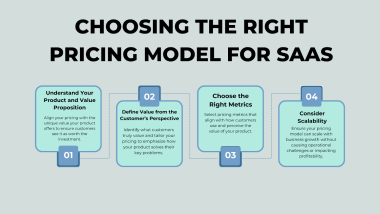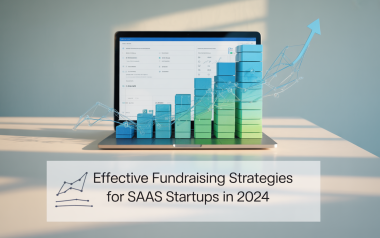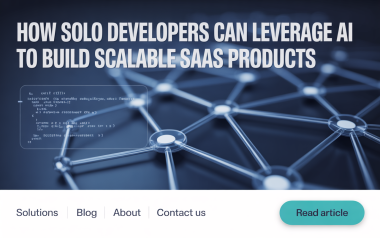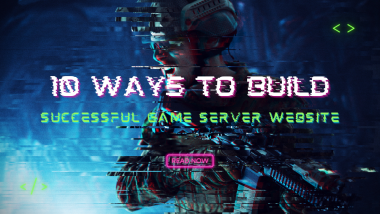Solo SaaS development represents a unique journey where a single developer takes on multiple roles spanning coding, marketing, and customer support to bring their product vision to life. Building a successful SaaS product alone requires not just technical prowess but also strategic planning, precise execution, and the ability to wear many different hats throughout the development lifecycle.
Key Takeaways
- Effective time management is crucial for solo developers who must balance coding, marketing, and customer support
- Creating a focused Minimum Viable Product helps validate your idea without overextending resources
- Smart cost control strategies like choosing the right tech stack can make or break your solo venture
- Gathering and implementing user feedback early and often prevents building features nobody wants
- Scalable architecture decisions made early save significant refactoring time later
The Time Management Dilemma
Solo developers face the unique challenge of juggling multiple responsibilities that would typically be distributed across entire teams in larger organizations. I’ve found that strategic time allocation is the foundation of successful solo SaaS development.
Implementing a structured approach to daily tasks can dramatically improve productivity. Consider these tactics to maximize your limited time:
- Use time blocking for focused development during your peak energy hours
- Implement automation tools for repetitive tasks such as email marketing and social media
- Set clear boundaries between development time and business operations
- Consider outsourcing non-core tasks that don’t require your specific expertise
The temptation to work around the clock is real but ultimately counterproductive. I recommend establishing a sustainable work rhythm that prevents burnout while maintaining steady progress on your product.
Crafting an Effective MVP
The concept of a Minimum Viable Product is often misunderstood as a half-baked version of your final vision. In reality, a properly designed MVP represents a complete solution to a specific problem, just with fewer bells and whistles.
To create an effective MVP, follow these principles:
- Define the core problem your SaaS solves with laser focus
- Eliminate any feature that doesn’t directly address this core problem
- Create a detailed feature prioritization system (must-have vs. nice-to-have)
- Build validation mechanisms into your development process
Validation before full development can save months of wasted effort. I suggest creating interactive mockups or prototypes to gather user feedback before writing a single line of production code.
Smart Cost Control for Bootstrappers
Financial constraints are often the biggest limiting factor for solo developers. Making strategic technology decisions early can significantly impact your runway and time to market.
Consider these cost-control measures for your SaaS project:
- Select a tech stack that balances your existing expertise with market requirements
- Leverage serverless architectures to minimize infrastructure costs during early stages
- Use open-source tools and frameworks wherever possible
- Implement pay-as-you-go services that scale with your user base
- Create a detailed budget with monthly spending caps for each category
The goal isn’t simply to spend less but to maximize the return on every dollar invested. I find that many solo developers overlook the hidden costs of learning entirely new technologies versus building with familiar tools.
Building User Feedback Loops
Without dedicated product and user research teams, solo developers must create their own systems for gathering and implementing feedback. Creating efficient feedback mechanisms early in your development process can help guide your roadmap.
Implement these strategies to stay connected with user needs:
- Build an email list of early adopters willing to provide ongoing feedback
- Implement in-app feedback tools to capture contextual insights
- Create a public roadmap that allows users to vote on upcoming features
- Schedule regular one-on-one calls with power users
The feedback you receive isn’t just about fixing bugs or adding features. It provides crucial insights into your product’s market fit and potential pivots you might need to consider.
Scaling Your Solo Operation
Planning for scale from day one might seem premature, but it prevents painful refactoring down the road. Making forward-looking architecture decisions doesn’t necessarily mean overengineering your initial product.
Consider these scaling strategies specifically suited for solo developers:
- Design with service-oriented architecture principles from the beginning
- Use cloud services with automatic scaling capabilities
- Implement containerization to simplify deployment and maintenance
- Create thorough documentation of your systems as you build them
The goal is building systems that grow with minimal intervention. I recommend focusing on automating repetitive operational tasks that would otherwise consume valuable development time as your user base grows.
User Acquisition on a Shoestring Budget
Marketing often becomes an afterthought for technically-minded solo developers. However, implementing strategic acquisition channels early can create sustainable growth without significant financial investment.
These user acquisition strategies work particularly well for solo SaaS founders:
- Develop content marketing focused on solving problems for your target users
- Participate actively in communities where your potential users gather
- Create a referral system that incentivizes current users to bring in new ones
- Build in public by sharing your development journey on social media
The most effective acquisition strategies align with your personal strengths. If you enjoy writing, double down on content marketing; if you’re comfortable on camera, video tutorials might be your best channel.
Building a SaaS product alone presents unique challenges, but the freedom and potential rewards make the journey worthwhile. By implementing these strategies, you can overcome common obstacles and create a sustainable path to success.
Sources
Indie Hackers: The Biggest Challenges of Building a SaaS as a Solopreneur
Dev.to: Can a Solo Developer Build a SaaS App?
Quick Brown Fox: Can a Solo Developer Build a SaaS App?
Studio Labs: 5 Critical SaaS Development Challenges & Solutions
Rocket Devs: Can a Solo Developer Build a SaaS App?






